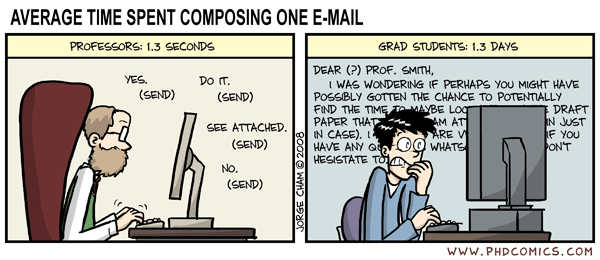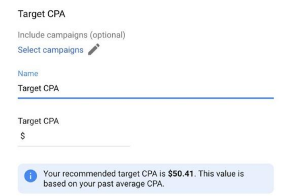
Tackling our inboxes has become a daunting task. First off, it seems impossible to keep up with the flood of incoming messages (check out our recent blog post on how to try and address that problem with your team). But the more intimidating part comes after an email cull: writing up your own. Who do you include on the cc list for this update? How do you respond to a question from your boss that you don’t yet have the answer to, or phrase a request to a busy coworker? And then there’s follow-up culture — if they haven’t responded, should you send another?
Streamlining Your Email Sending Process
You’re sending an email for a reason, so you already know how to streamline the process. Most overthinking of email can be simplified by articulating the three elements of your message upfront: content, recipient(s), and tone.
1. Content: First, determine the minimum amount of information you can include to get to your point. No one likes receiving long-winded emails, and you probably don’t like writing them. If you know your key points going in, that will knock out a lot of your post-writing editing.
2. Recipient(s): Once you know what you’re saying, you need to decide who should hear it. If someone needs to, include them; if you want them to, weigh that desire against the recipients’ desire to keep their unread count down.
3. Tone: With all of your recipients in mind, how do you phrase everything you need to say? When in doubt, keep your email formal and to the point. If Mr. Smith wants you to call him John, he’ll sign off that way. If he wants more background information, he’ll ask for it.
Each of these steps flow into each other, which means distilling your message down to its crucial content is the most important part of curing your habit of email overthinking. Once you decide content, you can better decide who to contact, and then you can generally tell how formal to be.
Use a Different Communication Tool
However, some messages are just better off being sent through other means: these are messages that need to get the point across quickly and get immediate responses. This need grows as you and your team become more mobile: there is just so much less attention you have to devote to formatting emails when you’re moving. Your messages don’t need to be overthought: speed is of the essence here, as well as the accountability that the messages have gotten through. In such cases, what you need is a tool that:
1. Lets you select recipients quickly
2. Lets you fire off your message quickly, wherever you are
3. Lets you know if the messages have been read
Thankfully, mobile messaging has emerged as the answer. With efficiency and accountability embedded in every message, and optimized for mobility, messaging eliminates the long pauses you might experience throughout a workday staring at your email draft, and enables you to focus your attention right back on maximizing productivity.
(Image (c) Jorge Cham at PhD Comics)
Business Articles | Business 2 Community
(339)
Report Post




